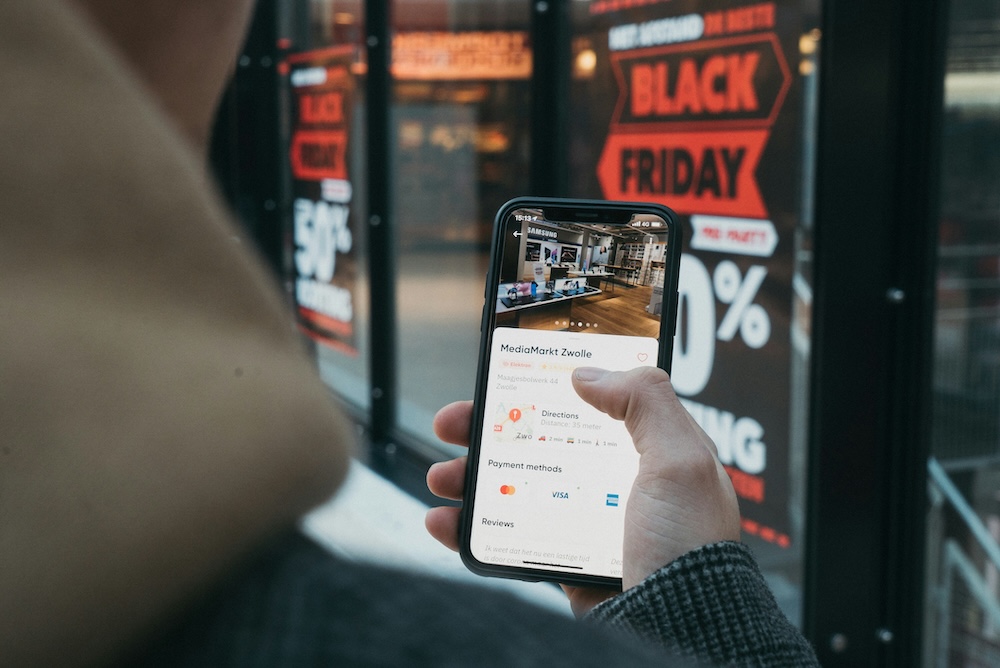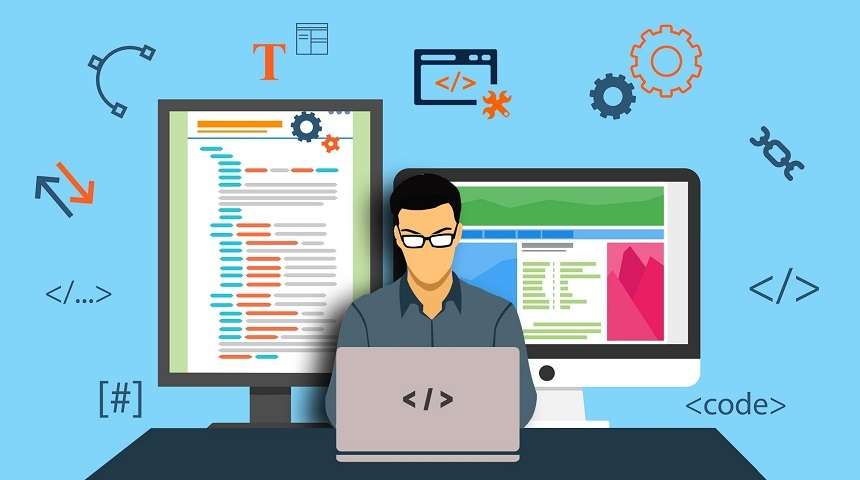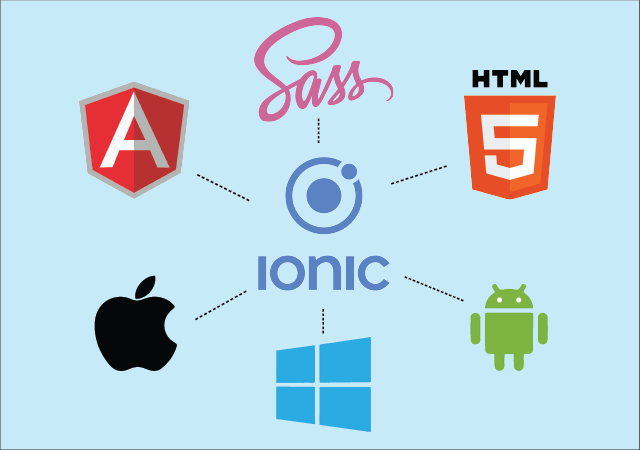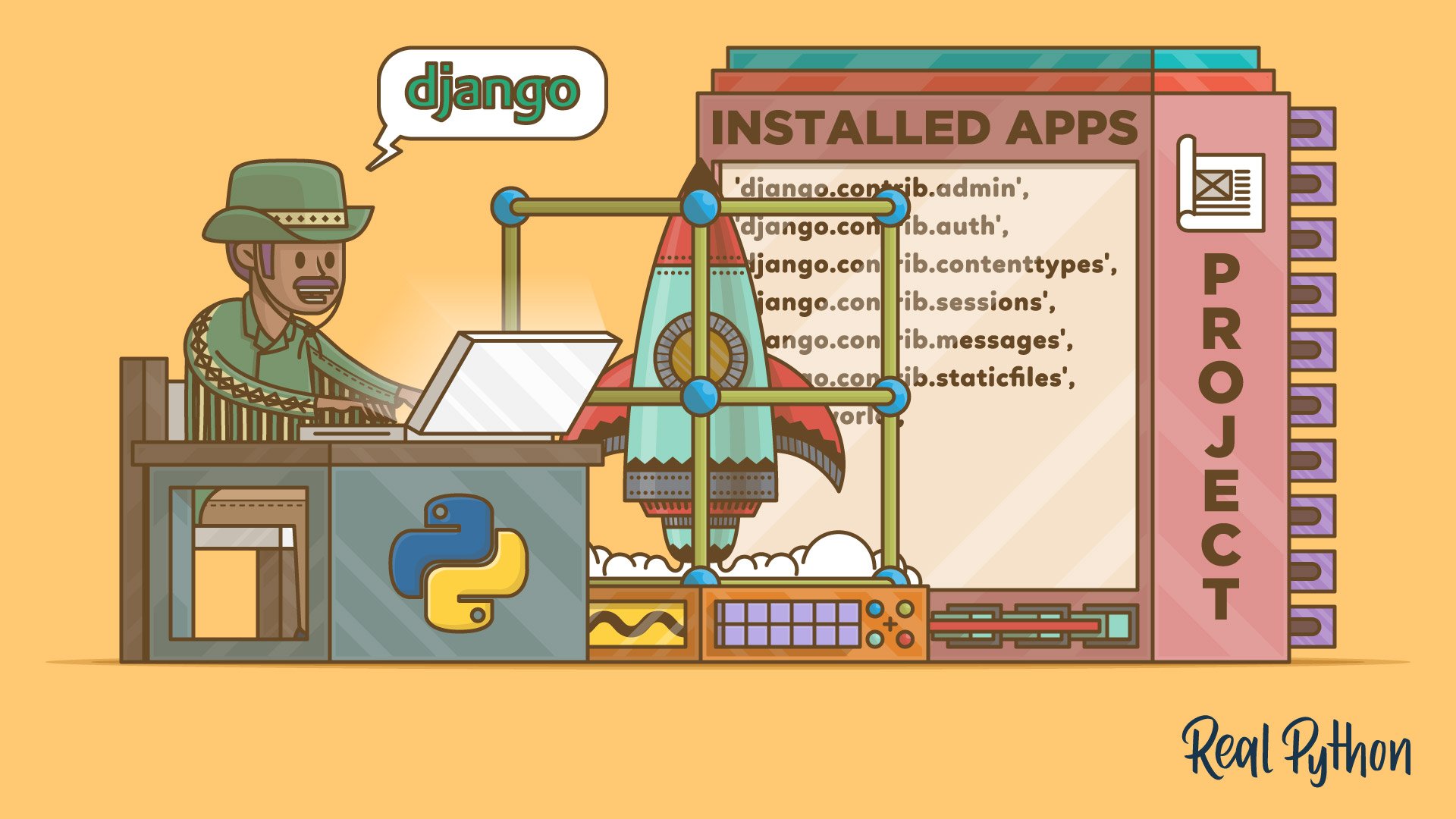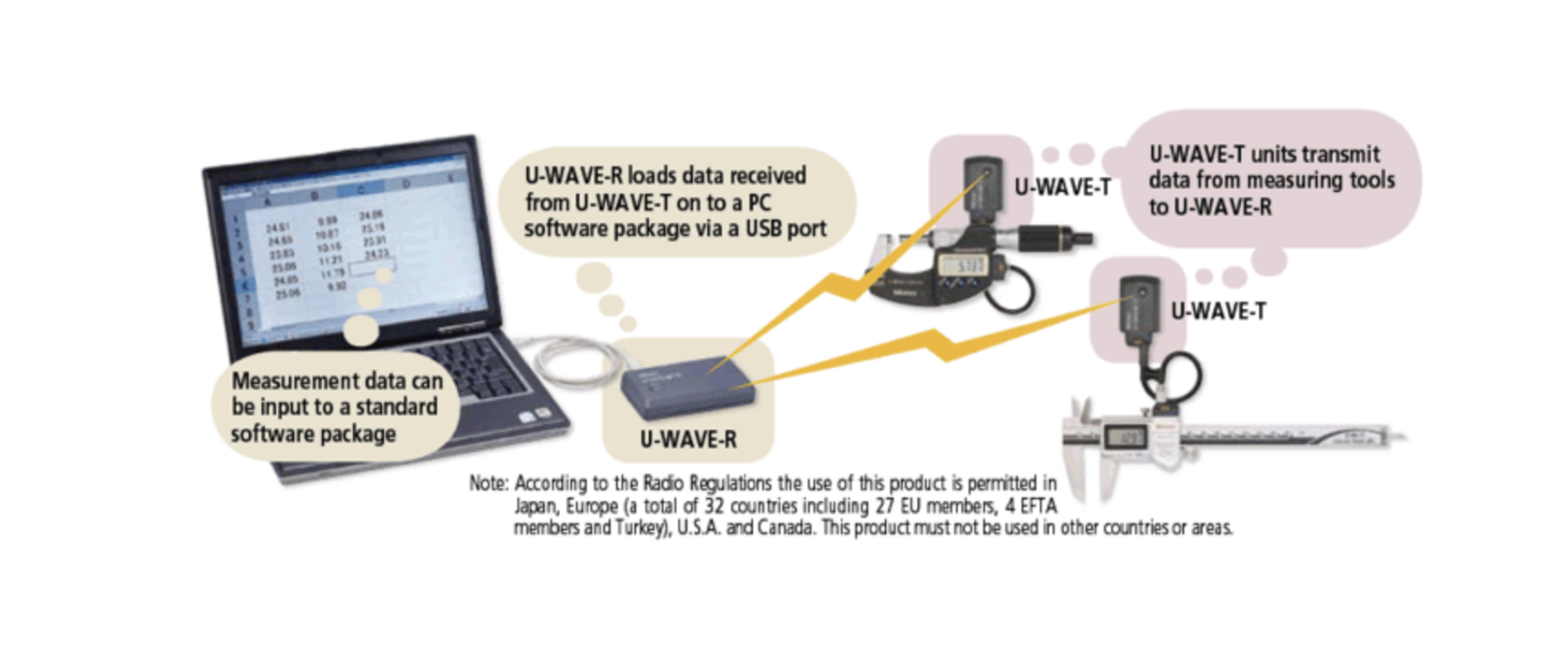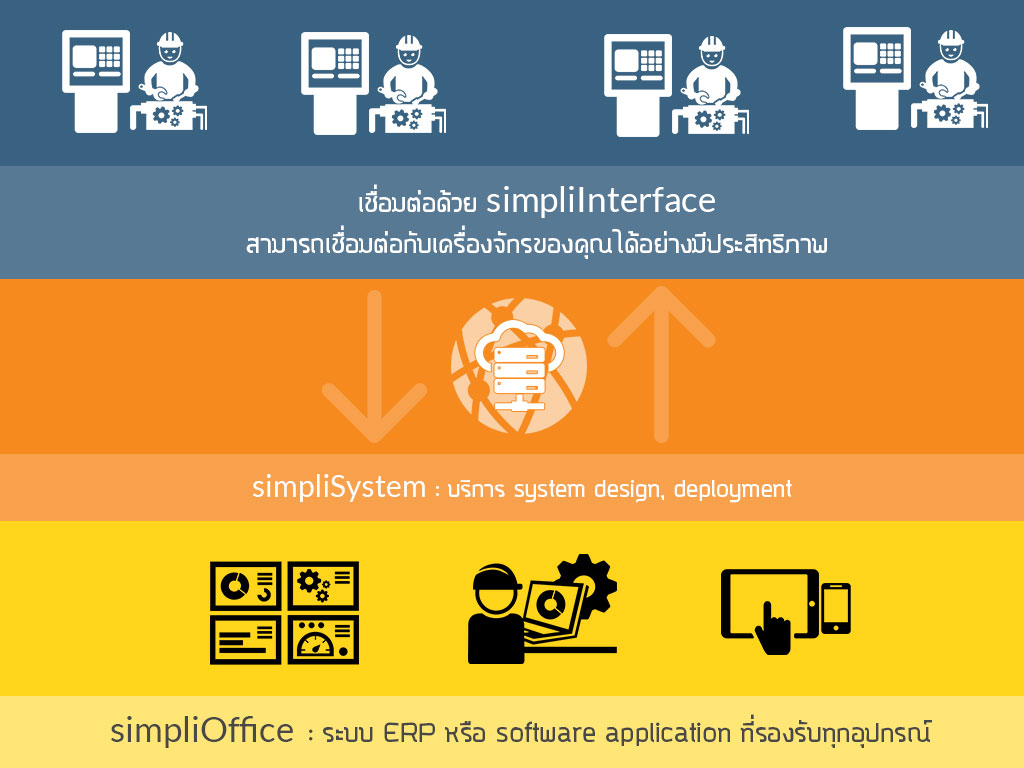Training YOLO with a Custom Dataset: A Step-by-Step Guide
Object detection has become an essential technology in various industries, including security, automation, and robotics. YOLO (You Only Look Once) is one of the most popular real-time object detection models due to its speed and accuracy. In this blog post, we will walk you through training YOLO with your custom dataset, making it ready for real-world applications.
Step 1: Install Dependencies
To begin, install the necessary dependencies. The latest versions of YOLOv5 or YOLOv8 make training simpler and more efficient.
# Clone the YOLOv5 repository
git clone https://github.com/ultralytics/yolov5.git
cd yolov5
# Install required packages
pip install -r requirements.txtFor YOLOv8, you can install the Ultralytics package directly:
pip install ultralyticsStep 2: Prepare Your Dataset
YOLO requires data in a specific format, where each image has an associated annotation file in the YOLO format:
<class_id> <x_center> <y_center> <width> <height>All values are normalized between 0 and 1. Below is the correct dataset folder structure:
/dataset
├── images
│ ├── train
│ │ ├── img1.jpg
│ │ ├── img2.jpg
│ ├── val
│ ├── img3.jpg
│ ├── img4.jpg
├── labels
│ ├── train
│ │ ├── img1.txt
│ │ ├── img2.txt
│ ├── val
│ ├── img3.txt
│ ├── img4.txt
├── data.yamlCreating the data.yaml File
This file defines the dataset structure and class names:
train: /path/to/dataset/images/train
val: /path/to/dataset/images/val
nc: 2 # Number of object classes
names: ['person', 'car'] # Object class namesStep 3: Train the Model
To train YOLOv5, run the following command:
python train.py --img 640 --batch 16 --epochs 50 --data dataset/data.yaml --weights yolov5s.pt --cacheFor YOLOv8, use:
yolo train model=yolov8n.pt data=dataset/data.yaml epochs=50 imgsz=640Step 4: Monitor Training Progress
YOLO logs various performance metrics during training. If using YOLOv5, results will be stored in runs/train/exp/. You can visualize training performance using TensorBoard:
tensorboard --logdir=runs/trainStep 5: Evaluate and Test the Model
Once training is complete, test the model on new images:
python detect.py --weights runs/train/exp/weights/best.pt --img 640 --source test_images/For YOLOv8:
yolo detect model=runs/train/exp/weights/best.pt source=test_images/Step 6: Export for Deployment
YOLO models can be exported to multiple formats for deployment:
python export.py --weights runs/train/exp/weights/best.pt --include onnx torchscriptFor YOLOv8:
yolo export model=runs/train/exp/weights/best.pt format=onnxFinal Thoughts
Training YOLO with a custom dataset enables real-world object detection for applications such as security, traffic monitoring, and automation. By following this step-by-step guide, you can prepare, train, and deploy your YOLO model effectively.
Would you like help automating the dataset preparation or optimizing training settings? Let us know in the comments!
Get in Touch with us
Related Posts
- Temporal × 本地大模型 × Robot Framework 面向中国企业的可靠业务自动化架构实践
- Building Reliable Office Automation with Temporal, Local LLMs, and Robot Framework
- RPA + AI: 为什么没有“智能”的自动化一定失败, 而没有“治理”的智能同样不可落地
- RPA + AI: Why Automation Fails Without Intelligence — and Intelligence Fails Without Control
- Simulating Border Conflict and Proxy War
- 先解决“检索与访问”问题 重塑高校图书馆战略价值的最快路径
- Fix Discovery & Access First: The Fastest Way to Restore the University Library’s Strategic Value
- 我们正在开发一个连接工厂与再生资源企业的废料交易平台
- We’re Building a Better Way for Factories and Recyclers to Trade Scrap
- 如何使用 Python 开发 MES(制造执行系统) —— 面向中国制造企业的实用指南
- How to Develop a Manufacturing Execution System (MES) with Python
- MES、ERP 与 SCADA 的区别与边界 —— 制造业系统角色与连接关系详解
- MES vs ERP vs SCADA: Roles and Boundaries Explained
- 为什么学习软件开发如此“痛苦” ——以及真正有效的解决方法
- Why Learning Software Development Feels So Painful — and How to Fix It
- 企业最终会选择哪种 AI:GPT 风格,还是 Gemini 风格?
- What Enterprises Will Choose: GPT-Style AI or Gemini-Style AI?
- GPT-5.2 在哪些真实业务场景中明显优于 GPT-5.1
- Top Real-World Use Cases Where GPT-5.2 Shines Over GPT-5.1
- ChatGPT 5.2 与 5.1 的区别 —— 用通俗类比来理解



